What is a Mirrorless Camera?
A mirrorless camera is a digital camera that doesn't have an optical viewfinder. This means you can't look through the lens to see what the picture will look like. Instead, you'll see it on a screen on the back of the camera.
Since there's no mirror in a mirrorless camera, they're typically lighter and simpler than DSLRs (digital single-lens reflex cameras). As a result, they also tend to be more affordable than DSLRs!
What are Some Advantages of Mirrorless Cameras?
Mirrorless cameras allow for better composition when using lenses with image stabilization because there is no mirror on top of the camera body which can cause distortion in photos. They also have various benefits, such as faster autofocus and more accurate metering than DSLRs. Here we have listed some of the notable advantages of mirrorless cameras-
Better Performance in Low Light
One of the many benefits of using a full-frame mirrorless camera is that they perform better in low light situations. Because these cameras have larger sensors, they can gather more light, resulting in clearer images. Additionally, the ISO can be increased by one or two points without creating noise, making them ideal for photographing in dark environments.
Electric Viewfinder
When you shoot pictures with a DSLR camera, what you see in the viewfinder is not always what will be captured in the photograph. This is because the mirror inside the camera flips up when you take a picture, allowing light from the lens to hit the image sensor directly. This means that what you see in the viewfinder mirrors what's happening behind the camera. However, there is no flipping mirror with a mirrorless camera, so what you see in the electronic viewfinder (EVF) is what will be photographed. This can be helpful because it allows you to preview images before taking them and adjust accordingly. For example, if your photo looks too dark or too bright in the EVF, you can adjust your exposure settings to fix it before taking the picture.
Autofocus is Significantly Improved
When you think about autofocus, what comes to mind? Most people would say that DSLRs have the best autofocus systems because they use a mirror and phase-detection autofocus. However, this is no longer true, thanks to the advancements made in mirrorless cameras. In fact, many photographers are making the switch to these new cameras because of their improved autofocus system.
Mirrorless cameras don't rely on a mirror as DSLRs do, so they can use contrast-detection autofocus, which is much more accurate than phase-detection AF. This is possible because there are no phase-detect AF chips in mirrorless cameras. Instead, all of the focus points are located on the image sensor. Because of this, mirrorless cameras can offer more focus points than DSLRs. For example, the Canon EOS R5 has 425 focus points compared to Nikon's 51 focus points on their D850 camera.
Phase-Detection AF is now a standard feature on most DSLR cameras; however, it was not possible with mirrorless cameras until recently because it required multiple sensors. With the release of Sony's Alpha 9 II camera, though, Phase-Detect AF became available on all mirrorless cameras. This new autofocus system is a hybrid of phase-detect and contrast-detect autofocus, which is more accurate than either system on its own.
The bottom line is that mirrorless cameras have come a long way in terms of their autofocus systems and are now a viable option for anyone looking to buy a new camera.
Live Histogram
Histograms provide a graphical representation of the amount of black and white in an image. This information can be extremely helpful when it comes to taking professional black and white shots. In addition, Mirrorless cameras come with a live histogram, so photographers can see how much data is being pushed to either end of the graph, allowing them to make adjustments while they are capturing the scene.
This feature is available on full-frame DSLR cameras. It provides a live view of the histogram so that you can correct any mistakes before they become permanent. The live electronic viewfinder also allows you to preview exposure and white balance, making it easier to get great shots every time.
Feature Rich Bodies
A full frame camera has a professional price point, which is why so many professional features are built into its body. A full-frame mirrorless camera will not only give you a bigger sensor; it will also improve many other aspects of your photography.
You are unlikely to find a single body that does everything, but you will get many benefits, such as:
- In-body image stabilization.
- Electronic shutter and processing speed.
- High Resolution mode.
- Features built around movie recording.
- Compositing effects.
Though these are the benefits that typically come with full-frame mirrorless cameras, if you get the small APS-C camera, you may not get some of these features due to its small body.
Compact Size
One of the biggest benefits of using a mirrorless camera is its compact size. They're much smaller than DSLRs, making them perfect for travelers or anyone who wants to carry their camera wherever they go. This is also great for people who wear baggy jeans or like to carry their camera as an item in their carry-on pack.
Although DSLRs are becoming more compact, mirrorless cameras still have the edge in this category. So if you want the most compact system possible, mirrorless is the horse to bet on!
Under the Radar Photography
APS-C mirrorless cameras are smaller than full-frame DSLRs, making them appear more professional to people who are less familiar with photography. As a result, you can easily take photos in areas and situations that are difficult or awkward to access otherwise.
For instance, you can get photos of your child at events that involve children without other parents staring at you weirdly.
Additionally, your camera will just pass as a small vintage camera since it does not look professional and is also small.
Also, you can use it to take photographs at places where professional cameras aren't allowed or require a permit.
It's Quieter
DSLRs make a lot of noise when you take photos--especially in quiet environments like weddings or ceremonies. This CLICK sound can be really disruptive and ruin people's experience. Mirrorless cameras, on the other hand, are much quieter. In fact, many mirrorless cameras have a "quiet mode," which makes them virtually noiseless. This is great for events where you want to take pictures without disturbing anyone.
However, one exception to this rule is the Sony A7r mirrorless camera. Unfortunately, it has a loud shutter slap sound that can be pretty disruptive in quiet settings. So if you're looking for a quiet camera, avoid the Sony A7r!
Flexible with Lenses
One of the best things about full-frame mirrorless cameras is how flexible their sensors are.
If you can't find the lens you want, you can just adopt a lens from another camera. For example, if you have a Sony a7r ii and are not satisfied with the Sony 16-35mm, you can use the Canon wide-angle lenses.
In addition, mirrorless cameras have advanced lenses.
The number of native lenses on mirrorless cameras is less than those on DSLRs. Still, the lenses available for these cameras contain the latest technology, so you can take better photos.
Higher Frame Rates and Faster Shutter Speeds
When using a compact point-and-shoot camera, the camera has limited frame rates and low shutter speeds. Therefore, if you want to photograph a moving object, you must use a faster shutter speed. This limitation is due to the fact that the sensor in these cameras is very small and cannot capture as much information as a full-frame mirrorless or DSLR camera can. As a result, a full-frame mirrorless camera is likely to have a higher frame rate than 5 fps.
Mirrorless cameras are ideal for street photography due to their high frame rates and fast shutter speeds which freeze the action in a way that is impossible with other types of cameras. For example, with my Sony Alpha 6300, I can shoot at 11 frames per second, which means I never miss an important moment.
Shutter speed capabilities can dramatically influence the shot. For example, if you are photographing a person walking down the street, you would want to set your shutter speed at 1/250th of a second or faster to avoid having them blurry in the final image. A top point-and-shoot camera usually maxes out at around 1/2,000 or 1/3,000 of a second. At the same time, with full frame mirrorless systems, you can go up to 1/8,000 or even up to 1/32,000 of a second. This makes it possible to capture even the fastest moving objects without having them blurred in the final image.
WiFi and NFC
Mirrorless cameras come with various features that make capturing great photos easier
. One such feature is built-in WiFi and NFC, which provide a quick and easy wireless connection between camera and smartphone. This allows you to easily upload your photos from your camera to social media without fumbling with cables or memory cards.
Entry-Level Prices Are Reasonable
One of the best things about mirrorless cameras is that they have reasonable entry-point prices. So you don't need to break the bank to get a good camera that will help you take great photos. In fact, some of the best mirrorless cameras are very affordable, and they offer features that are on par with or even better than DSLRs.
This means that if you're just starting out in photography, you don't need to spend a lot of money on a high-end camera. Instead, you can buy an entry-level model and still get great results. And as your skills improve, you can always upgrade to a more advanced model later.
Programmable Camera Buttons and Menu Systems
One of the great benefits of using a mirrorless camera system is the ability to customize the buttons and menu systems. This gives street photographers more flexibility when shooting on the fly. For example, you can program your camera to quickly change settings so that you're always ready for any shot.
Another selling point for mirrorless cameras is their smaller size. This makes them ideal for travel photography, where packing light is essential. However, there are some trade-offs to this smaller size, such as shorter battery life and handling issues with larger lenses.
Programmable camera buttons and menu systems can be a challenge for users with larger hands. The small form factor of mirrorless cameras requires much smaller grips than those found on DSLRs. If you have large hands, it may be difficult to use these devices effectively.
Dual Card Slots and Better Battery Life
When looking for a camera system, it's important to consider the features that will be most helpful to you as a photographer. Dual card slots are one such feature that can provide redundancy for your photos in case one card becomes corrupted or damaged. This is especially important if you're shooting in RAW format, which generates larger files than JPEGs.
Another benefit of dual card slots is that they allow you to shoot longer videos without having to stop and change cards. This is especially useful if you're filming an event or a nature documentary and don't have time to break away from the action.
One downside of mirrorless cameras compared to DSLRs is their battery life. However, recent models have begun to offer better battery life options. For example, the Fuji X-T3 offers a low 3-400 shots per charge, compared to the equivalent DSLR that can usually offer twice that amount of shots before needing to be recharged. Sony offers even more shots per charge with their latest mirrorless cameras, with models rated 800+ shots per charge. On average, Canon still has some catching up to do, with their mirrorless cameras offering 500+ shots per charge.
Higher Quality Images
One of the most important benefits of using a mirrorless camera is that you can take high-quality images with little noise due to the absence of a mirror. This means that pictures don't have to pass through an extra optical component. Additionally, since there's no mirror, there's also no need for a shutter. This lack of moving parts reduces wear and tear on your camera and helps keep image noise down.
Mirrorless cameras are quickly becoming known for their amazing high-resolution photos. Because they don't have to rely on mirrors or shutters, they can produce clearer images with less noise than traditional DSLRs. If you're looking for a camera that will give you stunningly clear photos every time, then a mirrorless model is definitely worth considering!
Better Dynamic Range
When it comes to photography, dynamic range is key. This refers to the range of tones that can be captured in a photo, from the deepest shadows to the brightest highlights. A full frame camera offers a better dynamic range than smaller sensor cameras, meaning you can capture more detail without noise in the shadows or clipping of highlights. This is especially important for landscape and travel photography, where you want to capture as much detail as possible in the scene's bright and dark areas.
Many photographers choose a full-frame mirrorless camera for its superior dynamic range over crop sensor cameras or smartphones. The Fujifilm brand has a well-deserved reputation for being good for travel photography, thanks in part to its excellent dynamic range performance. In addition, the in-camera RAW converter included with most Fujifilm cameras makes it easy to adjust exposure without using Photoshop or another photo editor on your computer. And suppose you need to adjust focus after taking the shot. In that case, manual focus aids like peaking can help you achieve sharp results without blurriness from motion or subject movement.

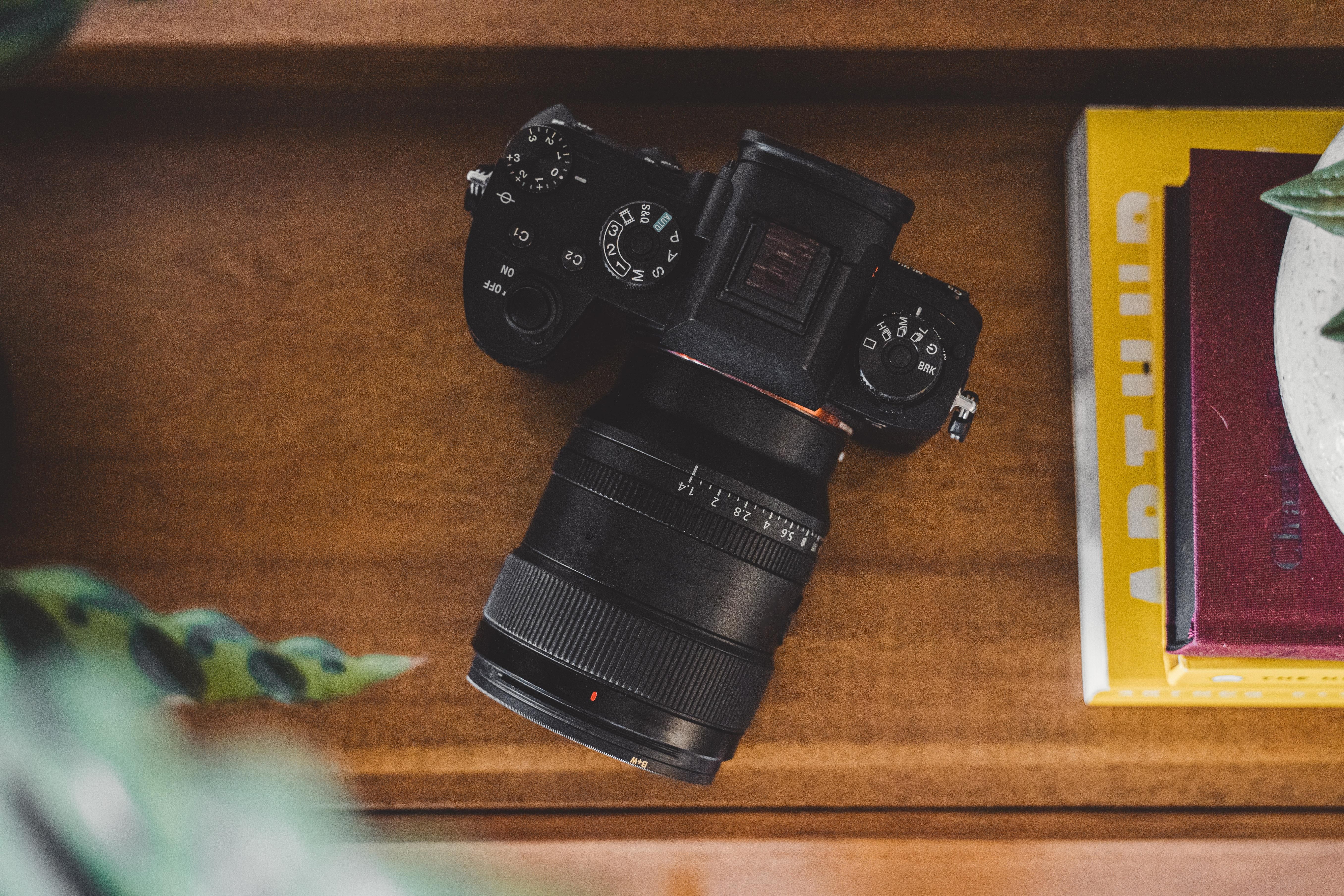
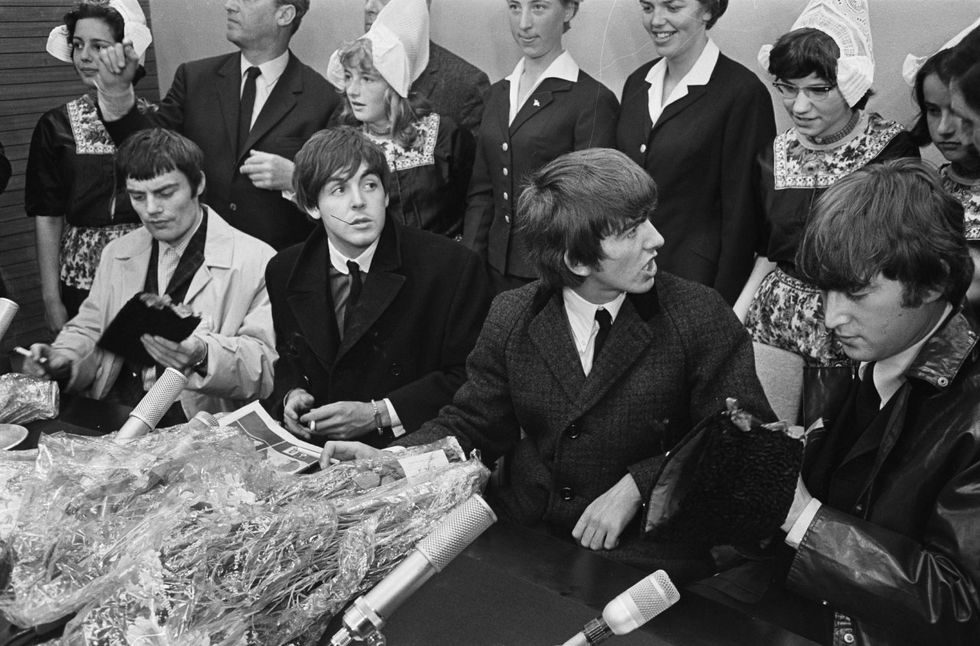


 Going to the cinema alone is good for your mental health, says science
Going to the cinema alone is good for your mental health, says science
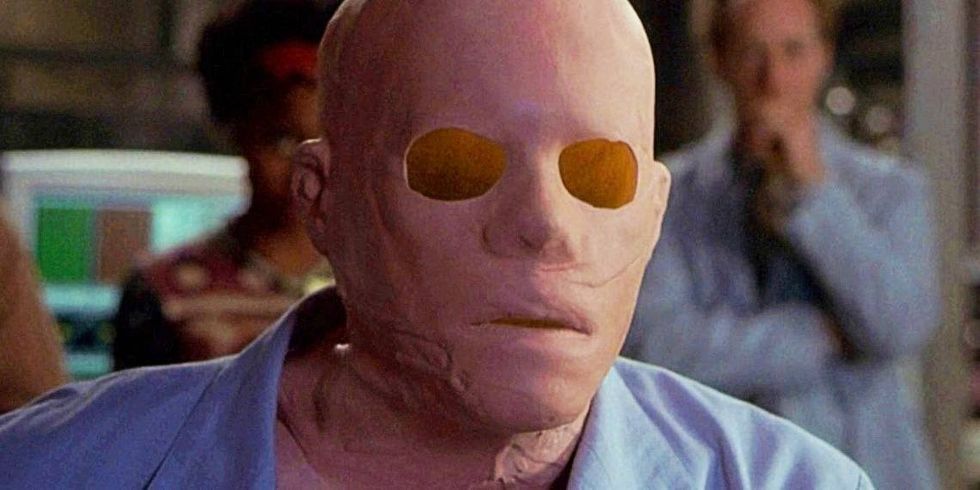
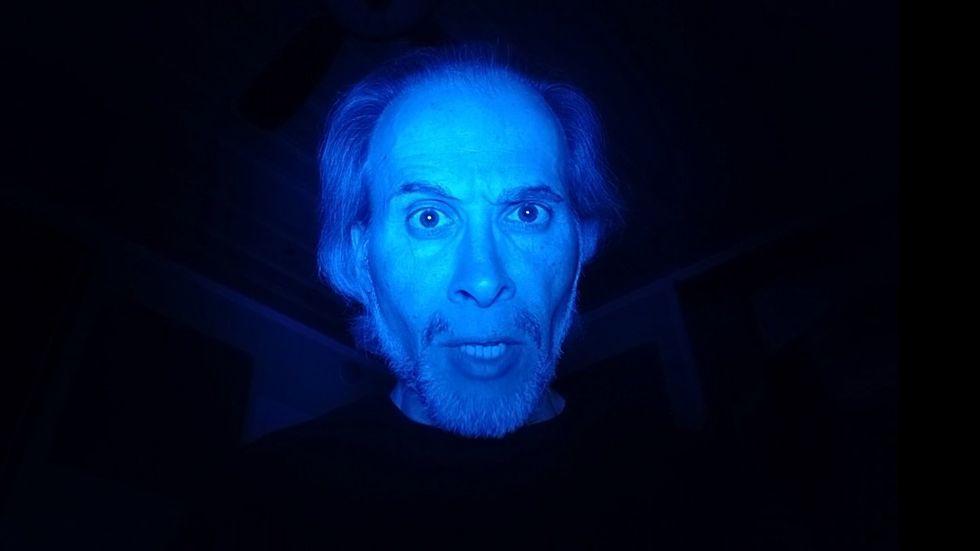







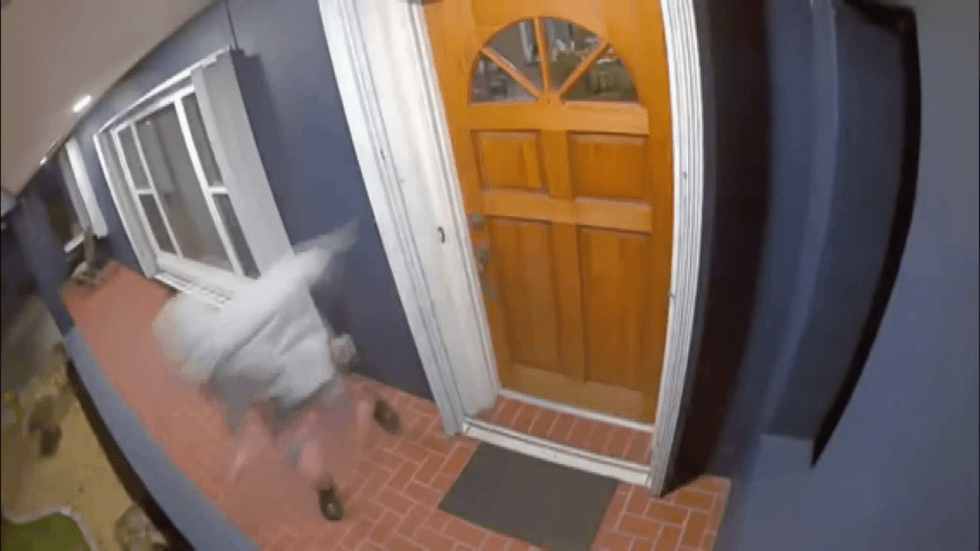


 women in street dancing
Photo by
women in street dancing
Photo by  man and woman standing in front of louver door
Photo by
man and woman standing in front of louver door
Photo by  man in black t-shirt holding coca cola bottle
Photo by
man in black t-shirt holding coca cola bottle
Photo by  red and white coca cola signage
Photo by
red and white coca cola signage
Photo by  man holding luggage photo
Photo by
man holding luggage photo
Photo by  topless boy in blue denim jeans riding red bicycle during daytime
Photo by
topless boy in blue denim jeans riding red bicycle during daytime
Photo by  trust spelled with wooden letter blocks on a table
Photo by
trust spelled with wooden letter blocks on a table
Photo by  Everyone is Welcome signage
Photo by
Everyone is Welcome signage
Photo by  man with cap and background with red and pink wall l
Photo by
man with cap and background with red and pink wall l
Photo by  difficult roads lead to beautiful destinations desk decor
Photo by
difficult roads lead to beautiful destinations desk decor
Photo by  photography of woman pointing her finger near an man
Photo by
photography of woman pointing her finger near an man
Photo by  closeup photography of woman smiling
Photo by
closeup photography of woman smiling
Photo by  a man doing a trick on a skateboard
Photo by
a man doing a trick on a skateboard
Photo by  two men
two men  running man on bridge
Photo by
running man on bridge
Photo by  orange white and black bag
Photo by
orange white and black bag
Photo by  girl sitting on gray rocks
Photo by
girl sitting on gray rocks
Photo by  assorted-color painted wall with painting materials
Photo by
assorted-color painted wall with painting materials
Photo by  three women sitting on brown wooden bench
Photo by
three women sitting on brown wooden bench
Photo by 
 Photo by
Photo by  Photo by
Photo by  Photo by
Photo by  Photo by
Photo by 


 people sitting on chair in front of computer
people sitting on chair in front of computer











